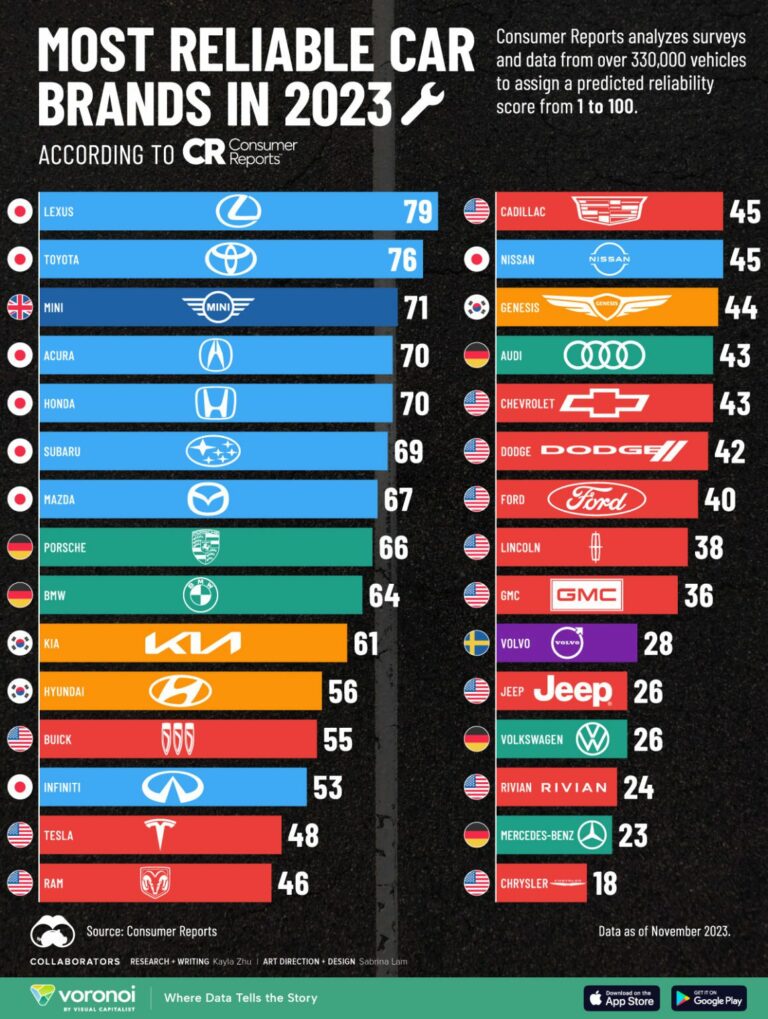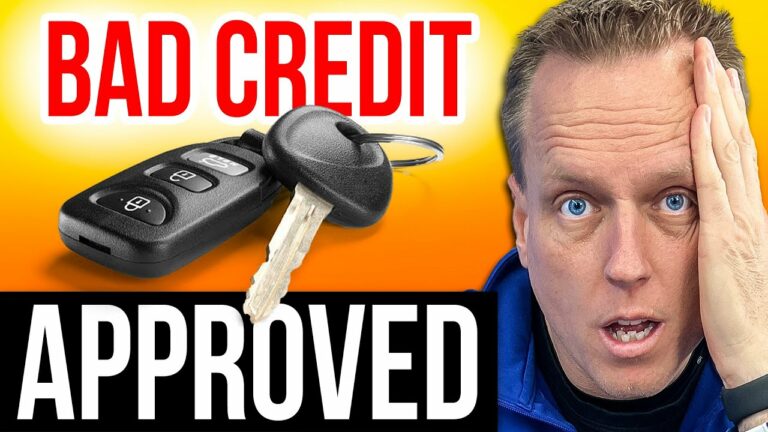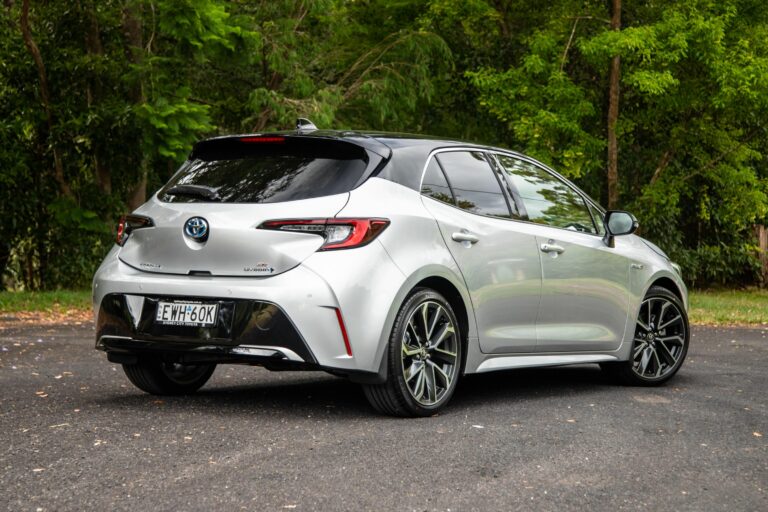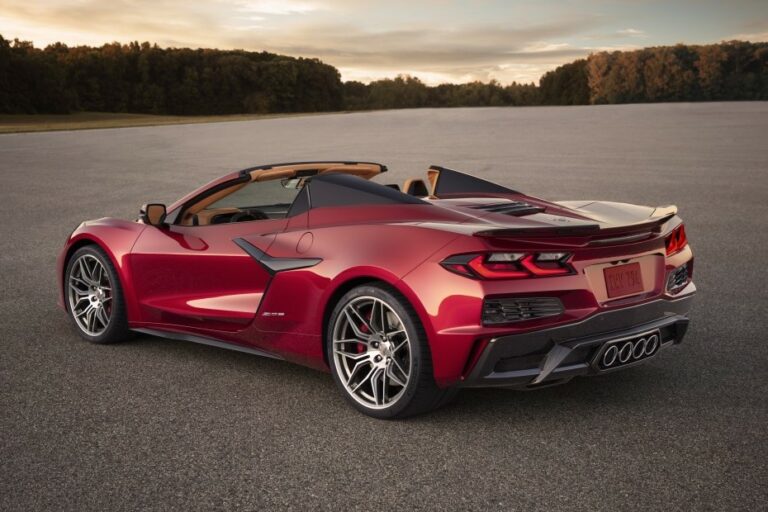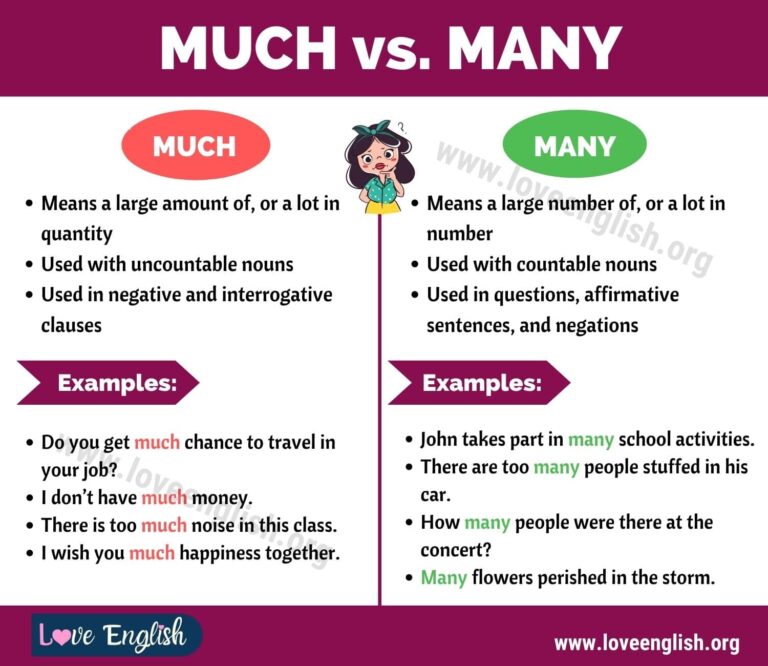Car Radio Brands: Navigating the Soundwaves of Your Journey
Car Radio Brands: Navigating the Soundwaves of Your Journey cars.truckstrend.com
In an age dominated by streaming services and digital connectivity, the car radio remains a central hub for entertainment, navigation, and communication on the road. Far from being a mere tuner, modern car radios, or head units, have evolved into sophisticated infotainment systems, offering everything from crystal-clear audio and seamless smartphone integration to advanced navigation and vehicle diagnostics. The brand behind your car radio significantly influences the quality, features, and overall user experience. Understanding the landscape of car radio brands is crucial for anyone looking to upgrade their in-car audio system, enhance their daily commute, or embark on a long road trip with the perfect soundtrack.
This comprehensive guide will delve into the world of car radio brands, exploring the market leaders, their unique strengths, key features to consider, and practical advice to help you make an informed decision.
Car Radio Brands: Navigating the Soundwaves of Your Journey
The Evolution of In-Car Entertainment: Why Brands Matter
For decades, the car radio was a simple device: an AM/FM tuner with a cassette or CD player. Today, it’s a high-tech command center. This rapid evolution has given rise to specialized brands, each carving out a niche based on innovation, sound quality, user interface, and feature sets.
Choosing a reputable brand isn’t just about prestige; it’s about reliability, performance, and long-term satisfaction. Established brands invest heavily in research and development, ensuring their products offer superior audio processing, robust build quality, seamless software integration, and consistent firmware updates. They often provide better customer support and have extensive networks of authorized installers, making the upgrade process smoother.
Decoding the Landscape: Prominent Car Radio Brands
The market is populated by a diverse array of brands, ranging from long-standing giants to niche audiophile favorites and budget-friendly options. Here’s a look at some of the most prominent players and what they bring to the table:
1. Pioneer: The Innovator’s Choice
Pioneer has long been synonymous with innovation in car audio. Known for pushing boundaries, Pioneer units often feature cutting-edge technology, excellent sound reproduction, and intuitive user interfaces. They offer a vast range of products, from basic single-DIN units to advanced double-DIN receivers with large touchscreens, Apple CarPlay, Android Auto, and high-resolution audio support.
- Strengths: Innovation, superior sound processing, diverse product range, robust app integration (e.g., Pioneer ARC).
- Target User: Tech-savvy users, audio enthusiasts, anyone seeking a reliable and feature-rich unit.

2. Kenwood: The Connectivity King
Kenwood stands out for its strong emphasis on connectivity and robust features. Their head units are renowned for their excellent Bluetooth performance, extensive media playback options, and integration with various navigation solutions. Kenwood often incorporates advanced digital sound processing (DSP) features, allowing for precise audio tuning.
.webp)
- Strengths: Excellent connectivity (Bluetooth, Wi-Fi), advanced DSP, durable build, wide range of features.
- Target User: Users prioritizing seamless smartphone integration, those who value precise audio control.
3. Sony: User-Friendly & Reliable
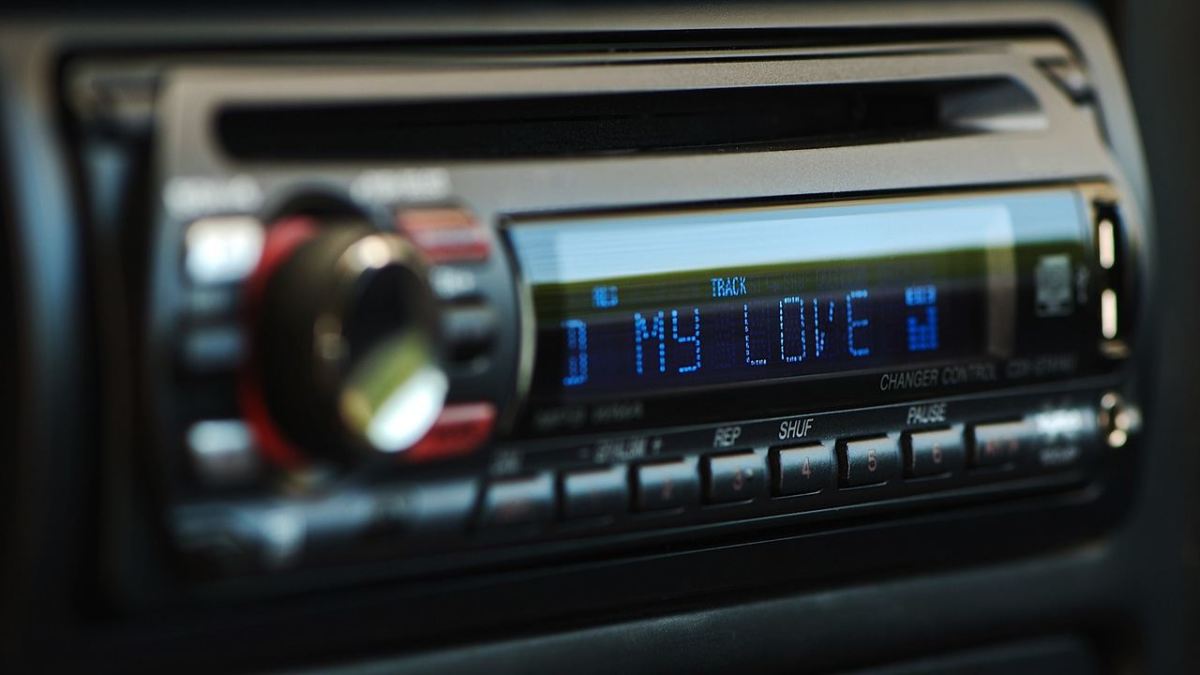
Sony brings its vast consumer electronics expertise to the car audio market. Sony car radios are celebrated for their user-friendly interfaces, clean aesthetics, and reliable performance. While perhaps not always leading with the absolute latest niche tech, Sony offers a consistently high-quality experience with solid sound, good display quality, and strong integration with popular smartphone platforms.
- Strengths: User-friendly interface, reliable performance, good sound quality, sleek design.
- Target User: Everyday drivers, those seeking a straightforward and dependable upgrade.
4. JVC: Value-Packed Performance
JVC, often associated with Kenwood (as part of JVCKenwood Corporation), offers a compelling balance of features, performance, and affordability. JVC head units provide excellent value for money, often including many desirable features like Bluetooth, USB, and even Apple CarPlay/Android Auto at competitive price points.
- Strengths: Great value, solid feature sets, reliable performance.
- Target User: Budget-conscious buyers who don’t want to compromise on essential modern features.
5. Alpine: The Audiophile’s Dream
Alpine is a premium brand often chosen by serious audiophiles and those seeking high-end car audio solutions. Alpine head units are known for their exceptional sound quality, advanced audio tuning capabilities, and often larger, more integrated displays. They cater to users who demand the best possible audio experience and are willing to invest more.
- Strengths: Unparalleled sound quality, advanced audio processing, premium build, large display options.
- Target User: Audiophiles, custom installation enthusiasts, users prioritizing sound above all else.
6. Clarion: The Enduring Legacy (and Marine Specialist)
While Clarion’s presence in the mainstream car head unit market has somewhat diminished (now largely part of Hitachi Astemo and Faurecia), it retains a strong legacy, particularly in marine audio and specialized applications. Historically, Clarion was known for robust build quality and good sound.
- Strengths: Durability, strong in marine/outdoor audio, classic designs.
- Target User: Specific use cases (boats, RVs), fans of classic car audio.
7. Blaupunkt: European Flair Meets Modern Tech
Blaupunkt, a German brand with a long history in car audio, offers a range of head units that often blend classic European design sensibilities with modern features. They provide good sound quality and a distinct aesthetic, often at competitive prices.
- Strengths: European design, good sound, competitive pricing.
- Target User: Those looking for a distinctive look, value-conscious buyers.
8. Budget-Friendly Options: Boss Audio, Dual, Pyle
For those on a very tight budget, brands like Boss Audio, Dual, and Pyle offer entry-level car radios. While they may lack the advanced features and pristine audio quality of premium brands, they provide essential functions like AM/FM, Bluetooth, and USB playback at highly accessible price points.
- Strengths: Affordability, basic functionality.
- Target User: First-time upgraders, older vehicles, very strict budgets.
Key Features and Technologies to Consider When Choosing
Beyond the brand, the features integrated into a car radio are paramount. Here’s what to look for:
- Single DIN vs. Double DIN:
- Single DIN: A standard size (7×2 inches), common in older vehicles. Often has smaller displays or no display.
- Double DIN: Twice the height (7×4 inches), allowing for larger touchscreens. Common in newer vehicles.
- Floating Display: A single-DIN unit with a large screen that "floats" in front of the dash, offering a large display in smaller dash openings.
- Smartphone Integration (Apple CarPlay & Android Auto): These are game-changers, mirroring your phone’s essential apps (navigation, music, messaging) directly onto the car radio’s screen, controllable via touch or voice. They significantly enhance safety and convenience.
- Connectivity:
- Bluetooth: For hands-free calling and audio streaming.
- USB Port: For charging, playing music from flash drives, and connecting smartphones.
- AUX Input: For connecting older devices via a 3.5mm jack.
- Wi-Fi: For wireless CarPlay/Android Auto and over-the-air updates.
- Sound Quality & Tuning:
- Pre-outs (RCA Outputs): Essential if you plan to add external amplifiers for speakers or subwoofers. Look for at least 2 pairs (front/rear) and ideally a third (subwoofer).
- Equalizer (EQ): Allows you to tailor the sound to your preference. More bands (e.g., 13-band EQ) offer finer control.
- Digital Sound Processing (DSP): Advanced features like time alignment, crossover settings, and sound staging optimize the audio for your car’s acoustics.
- High-Res Audio Support: Playback of lossless audio files (FLAC, WAV) for superior sound.
- Display: Touchscreen size, resolution, brightness, and anti-glare properties.
- Navigation: Built-in GPS (less common now with CarPlay/Android Auto) or real-time navigation via smartphone integration.
- Camera Inputs: For connecting a backup camera or front camera.
- Steering Wheel Control Compatibility: Allows you to retain your car’s factory steering wheel audio controls (requires an adapter).
- SiriusXM Ready: Allows integration with SiriusXM satellite radio (requires a tuner and subscription).
Practical Advice for Choosing the Right Car Radio
- Assess Your Needs & Budget: What are your must-have features? How much are you willing to spend? Be realistic.
- Check Vehicle Compatibility: Use online tools (e.g., Crutchfield’s "What Fits My Car") to see which head units fit your dash opening. You’ll likely need a dash kit and wiring harness adapter.
- Prioritize Features: Do you need navigation? High-end sound? Just Bluetooth? Prioritize to narrow down options.
- Read Reviews: Look for reviews from reputable sources and other users with similar vehicles.
- Consider Installation:
- DIY: Possible for basic units if you’re comfortable with wiring, but requires tools and patience.
- Professional: Recommended for complex units, integrating with factory systems, or if you’re unsure. It ensures proper wiring and avoids damage.
- Future-Proofing: If your budget allows, invest in features like Apple CarPlay/Android Auto and multiple pre-outs, as these offer long-term value.
Installation Considerations: DIY vs. Professional
Installing a car radio can range from a simple plug-and-play for basic models to a complex endeavor requiring specialized tools and knowledge for integrated systems.
- DIY: You’ll need a dash removal tool kit, screwdrivers, wire strippers/crimpers, and often a wiring harness adapter and a dash kit specific to your vehicle. Online tutorials and forums can be invaluable. The main challenge is correctly wiring the new unit to your car’s electrical system and ensuring a neat, secure fit in the dash.
- Professional: Car audio shops have experienced technicians who can handle complex wiring, integrate with factory features (like steering wheel controls or premium sound systems), and troubleshoot issues. They also provide warranties on their work. While an added cost, it can save time, frustration, and potential damage.
Maintenance and Troubleshooting Tips
- Firmware Updates: Periodically check the manufacturer’s website for firmware updates. These can fix bugs, improve performance, and add new features.
- Cleaning: Use a soft, lint-free cloth to clean the screen and buttons. Avoid harsh chemicals.
- Bluetooth Connectivity Issues: If your phone won’t connect, try deleting the device from both the radio and your phone, then re-pairing.
- No Sound/Distorted Sound: Check speaker wires, amplifier connections (if applicable), and settings on the head unit (e.g., mute, balance, fader).
- Power Issues: Check fuses (both in the car’s fuse box and on the back of the head unit).
Car Radio Brands: Estimated Price Range & Information
| Brand | Typical Price Range (USD) | Key Features (Brief) | Target User |
|---|---|---|---|
| Pioneer | $100 – $800+ | Advanced features, superior sound, diverse range, innovation | Tech-savvy, audio enthusiasts, everyday drivers |
| Kenwood | $100 – $700+ | Robust connectivity, advanced DSP, durable build | Smartphone integration priority, audio control |
| Sony | $80 – $600+ | User-friendly interface, reliable performance, sleek design | Everyday drivers, simple & dependable upgrade |
| JVC | $80 – $500+ | Great value, solid feature sets, reliable performance | Budget-conscious, essential modern features |
| Alpine | $300 – $1500+ | Exceptional sound quality, advanced tuning, premium build | Audiophiles, custom installations, high-end users |
| Clarion | $150 – $600 (less common) | Durability, strong in marine/outdoor audio | Specific use cases (boats, RVs), legacy fans |
| Blaupunkt | $70 – $400 | European design, good sound, competitive pricing | Design-focused, value-conscious |
| Boss Audio | $50 – $250 | Very budget-friendly, basic functionality | Entry-level, very strict budgets, essential needs |
| Dual | $50 – $200 | Extremely affordable, essential features | Entry-level, older vehicles, basic functionality |
Note: Prices are estimates and can vary significantly based on model, features, sales, and retailer. Installation costs are typically separate.
Frequently Asked Questions (FAQ)
Q1: What’s the difference between single DIN and double DIN?
A1: Single DIN refers to a head unit with dimensions of 7×2 inches, while Double DIN is twice the height at 7×4 inches. Most modern cars can accommodate double DIN units, allowing for larger touchscreens.
Q2: Do I really need Apple CarPlay or Android Auto?
A2: While not strictly necessary, they significantly enhance safety and convenience. They mirror essential phone apps (navigation, music, messaging) to your car’s screen, reducing phone handling while driving and providing a familiar interface. If you use your smartphone for navigation and music in your car, they are highly recommended.
Q3: Can I install a new car radio myself?
A3: Yes, for basic units, if you have some DIY experience and the right tools. However, for more complex units or if you’re unsure, professional installation is recommended to ensure proper wiring and avoid potential damage to your vehicle’s electrical system.
Q4: Will a new radio improve my car’s sound quality?
A4: Absolutely. A new head unit with better pre-amps, digital-to-analog converters (DACs), and advanced sound processing (DSP) can significantly improve sound clarity, detail, and overall audio performance, even with factory speakers. For the best results, consider upgrading speakers and adding an amplifier.
Q5: Are expensive car radios always better?
A5: Generally, higher-priced units from reputable brands offer more advanced features, superior sound components, better build quality, and more sophisticated software. However, the "best" radio depends on your individual needs and budget. A mid-range unit might be perfect for many users, offering a great balance of features and performance without the premium price tag.
Q6: What are pre-outs (RCA outputs)?
A6: Pre-outs are low-level audio outputs (RCA jacks) on the back of the head unit that allow you to connect external amplifiers. These are crucial if you plan to upgrade your speakers, add a subwoofer, or build a more powerful aftermarket audio system, as they provide a clean, unamplified signal to your external amps.
Q7: How do I know if a radio is compatible with my car?
A7: Most online car audio retailers (like Crutchfield, Sonic Electronix) have "What Fits My Car" tools where you input your vehicle’s year, make, and model. They will show you compatible head units, as well as necessary dash kits, wiring harnesses, and steering wheel control adapters.
Conclusion
The car radio is no longer just a source of news and music; it’s an integral part of the driving experience, connecting us to our digital lives and enhancing our journeys. By understanding the strengths of various car radio brands—from Pioneer’s innovation and Alpine’s audiophile focus to JVC’s value and Sony’s user-friendliness—you can make an informed decision that aligns with your needs, budget, and desired in-car experience. Whether you’re seeking cutting-edge connectivity, pristine audio quality, or simply a reliable upgrade, the right car radio brand can transform your daily commute into an enjoyable and connected adventure. Choose wisely, and let the good times roll!

